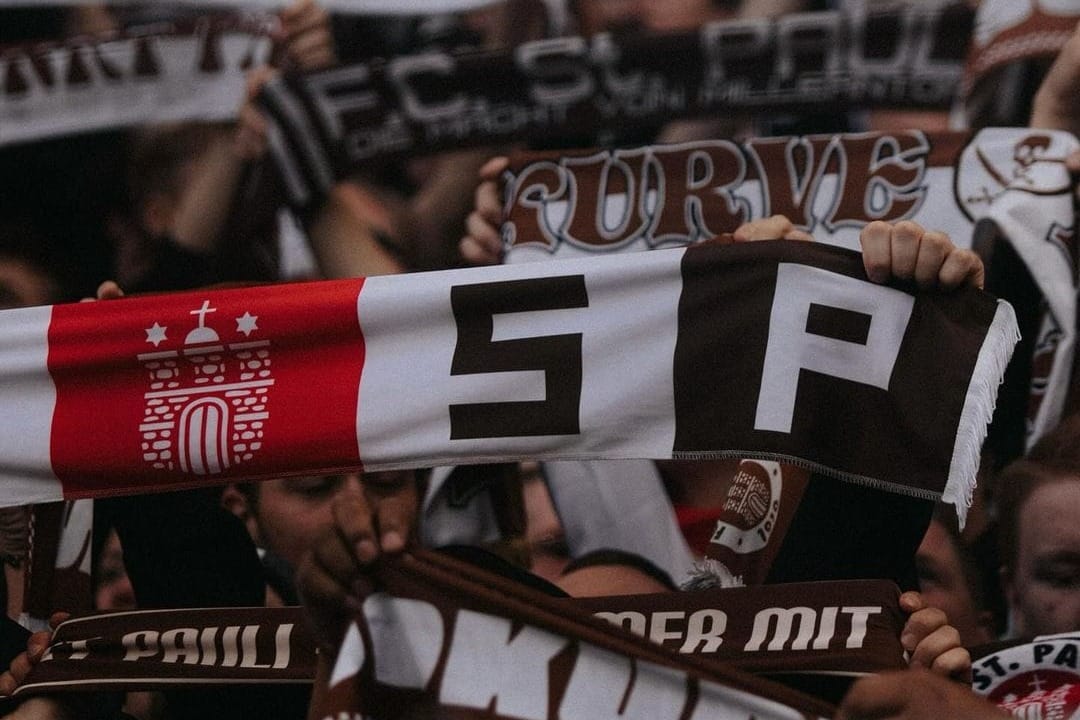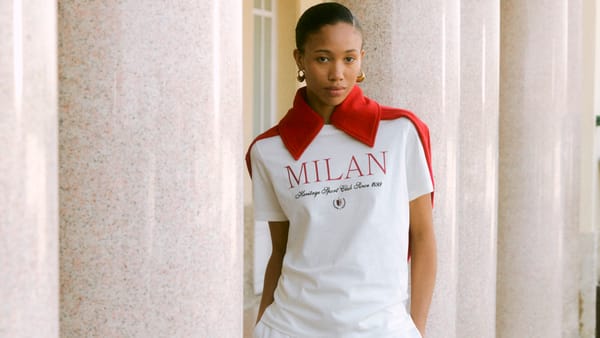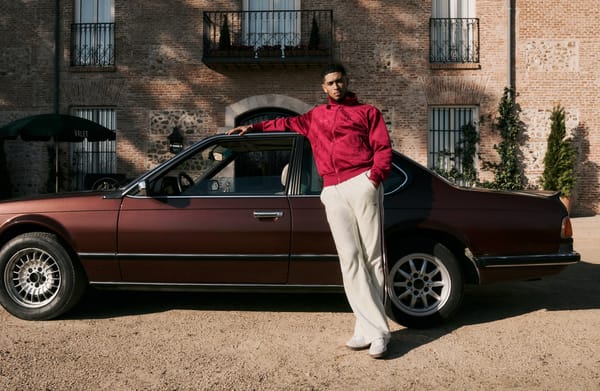St. Pauli Sells Stadium to Fans: A Bold Move to Preserve Community Ownership
Preserving legacy and empowering fans to become stakeholders

FC St. Pauli, a club known for its rebellious spirit and deep connection to its community, has embarked on an unprecedented move: selling its iconic Millerntor Stadium to its fans. This bold decision is not only a financial strategy but a deeper reflection of the club’s values and its vision for the future. To understand why St. Pauli is taking this significant step, it is essential to explore the club's history, ethos, and the current challenges it faces.
A Club Built on Ideals
St. Pauli has long been more than just a football club. Known for its counter-culture stance, the club is rooted in leftist politics, anti-fascism, and inclusivity. Its fans are famously active in social causes, and the club has cultivated a fiercely loyal following. Millerntor Stadium, located in Hamburg’s St. Pauli district, has become a symbol of this shared identity—a place where fans are not just spectators but active participants in the club’s destiny.
Unlike many modern football clubs that prioritize commercial interests and corporate ownership, FC St. Pauli has always sought to maintain a strong community ethos. This commitment has led to the decision to sell the stadium to its fans, ensuring that the club’s home remains in the hands of those who care most about its future.
Financial Pressures in Modern Football
One of the key reasons St. Pauli is selling the stadium to its fans is to secure its financial future in the face of increasing commercialization in football. Clubs across Europe are under constant pressure to secure more revenue streams, often leading to the involvement of external investors or corporate takeovers. St. Pauli, however, has long resisted the idea of corporate ownership, choosing instead to uphold its principles of fan ownership and community-first governance.
By selling the stadium to its fans, St. Pauli aims to avoid the pressures that come with outside investment. This move allows the club to secure immediate funds without sacrificing its independence or compromising its values. In essence, it is a form of "crowd-investment" that empowers supporters to become stakeholders in the club's most important asset—the stadium itself.
Preserving the Club’s Legacy
Selling the stadium to the fans is also a way to protect the legacy and future of FC St. Pauli. In a football landscape increasingly dominated by money, many clubs risk losing their identity as they chase sponsorships and large-scale investments. St. Pauli’s decision is a safeguard against this erosion of its unique character.
The move will allow fans to have a direct say in how the stadium is managed and ensure that commercial interests don’t override the community’s needs. The goal is to preserve Millerntor Stadium as a space where the values of inclusivity, equality, and social responsibility are maintained.
Fan Ownership: A Growing Trend?
This initiative by St. Pauli taps into a broader trend of fan ownership in football. In Germany, the 50+1 rule, which requires clubs to be majority-owned by their members, has long been in place to prevent outside investors from having too much control. While this rule keeps fan influence strong, the additional step of directly selling the stadium to supporters is relatively rare and showcases St. Pauli’s commitment to deepening fan involvement.
Other clubs, especially in lower divisions or grassroots football, have also experimented with fan ownership models. However, St. Pauli's initiative stands out for its scale and its potential to inspire other clubs to consider similar paths. It represents a shift away from the traditional football business model, which often prioritizes short-term profit over long-term community value.
A Collective Future
The decision to sell the stadium to its fans aligns with FC St. Pauli’s vision of football as a force for social good, rather than just a profit-driven industry. For the club’s leadership, it is about maintaining control and ensuring that the stadium remains a sanctuary for the community. By involving fans in this process, St. Pauli strengthens the bond between the club and its supporters, making them an integral part of its future.
Moreover, this initiative opens the door for more clubs to consider fan-based ownership models as a way to resist the increasing commercialization of the sport. It demonstrates that football can thrive not just through financial investment but also by harnessing the passion and commitment of its most loyal supporters.
Conclusion
FC St. Pauli’s decision to sell Millerntor Stadium to its fans is a bold, visionary move aimed at securing the club’s financial independence and preserving its values. In a time when football is increasingly dominated by corporate interests, St. Pauli’s choice reflects its steadfast commitment to its community and ideals. By ensuring that its iconic stadium remains in the hands of the fans, the club is safeguarding its legacy for future generations and reaffirming its belief that football is, above all, a sport of the people.
Interested members can already join the waiting list and the launch is scheduled for October 19th, similar to the club's founding date
.png)






